Featured Photo Above:
Addie Joos Benefit Game, July 24, 1911
(Color Restoration by Chris Whitehouse of They Played in Color website)
Baseball History Comes Alive Now Ranked As a Top Five Website by Feedspot Among All Baseball History Websites and Blogs!
(Check out Feedspot's list of the Top 35 Baseball History websites and blogs)

Guest Submissions from Our Readers Always Welcome! Click for details
Subscribe to Old Baseball Photos and Essays for automatic updates (sign-up block found in right side-bar)
As a Free Bonus for subscribing, you’ll get instant access to my two Special Reports: Memorable World Series Moments and Gary’s Handy Dandy World Series Reference Guide!
“Weeghman Park/ Wrigley Field Early Days” Photo Gallery
Click on any image below to see photos in full size and to start Photo Gallery:
Cubs Debut In Weeghman Park
One hundred and three years ago today, April 20, 1916, the Chicago Cubs played their first game in Weeghman Field – known as Wrigley Field in 1926.
To commemorate the historic event, I’ve assembled a few little known facts about Weeghman/Wrigley Field along with a nice photo gallery from the early days of the park. Hope you enjoy! (Information excerpted from article by Michael Osady, March 24, 2014):
- Wrigley Field was not built for the Cubs, but for the Chicago Federals (known as the Chi-Feds and the Whales) of the short-lived Federal League. After the Federal League folded in 1915, the Cubs moved in from their previous home, West Side Grounds.
- Before Wrigley was built, the site was home to a Lutheran seminary. The Lutheran seminary moved to nearby Maywood as a result of the noise coming from the local elevated train.
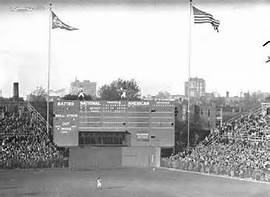
Early Wrigley Field scoreboard - The famous ivy in the outfield was planted by former Chicago White Sox owner Bill Veeck in 1937, although it was the brainchild of owner P.K. Wrigley. Veeck is also credited with overseeing the 1937 bleachers and iconic scoreboard construction.
- No baseball has ever hit the Wrigley Field scoreboard. The only ball of any kind to hit the scoreboard was a golf ball struck by Hall of Fame golfer Sam Sneed who teed off from home plate and hit the scoreboard in 1951.
- There’s a big gate in right field. It’s commonly called the “elephant’s gate,” because it was built to bring elephants into the field for the circus.
- Wrigley was the first park that allowed fans to keep foul balls. In 1915, owner Charlie Weeghman announced that fans (or cranks, as they were called) would be allowed to keep balls hit into the stands.
- The idea of having a benefit game or a day honoring an individual or organization started at Weeghman Field in 1914. The Federal League held a Flag Day, a Newsboy Day, and a Booster Day. Owner Weeghman created the practice of give-aways, handing out thousands of team caps and pennants when the team debuted in 1914.
- The Cubs played a World Series in 1918 but actually played at Comiskey Park, home of the Chicago White Sox, instead of the smaller Weeghman Park.
- Wrigley Field has long been a multi-sport facility. The Chicago Bears called Wrigley home from 1921 to 1970. Also professional wrestling, boxing, all-American girls’ baseball, international softball, soccer, college football, professional basketball, concerts, religious revivals, a hippodrome, major motion pictures, and even rodeos have used Wrigley Field.
- In a true oddity, on June 13, 1956 a fan’s car was hit by not one but by two home run balls as he had left his car parked outside the ballpark on Waveland Avenue. Cubs Eddie Miksis and Giants Willie Mays both hit the parked car—while the fan was inside the car.
Gary Livacari
“Friend” me on Facebook: https://www.facebook.com/gary.livacari.9
Visit Our Web page: “Baseball History Comes Alive!” now with over 280K hits!:
http://wp.me/P7a04E-2he
Photo Credits: All from Google search
Information: Excerpts edited from article by Michael Osady, March 24, 2014
Check out my two books, both now available on Amazon in e-book and paperback: “Paul Pryor in His Own Words: The Life and TImes of a 20-Year Major League Umpire”and “Memorable World Series Moments.” All profits go to the Illinois Veterans Foundation
We are a participant in the Amazon Services LLC Associates Program, an affiliate advertising program designed to provide a means for us to earn fees by linking to Amazon.com and affiliated sites. Click here to view Amazon’s privacy policy
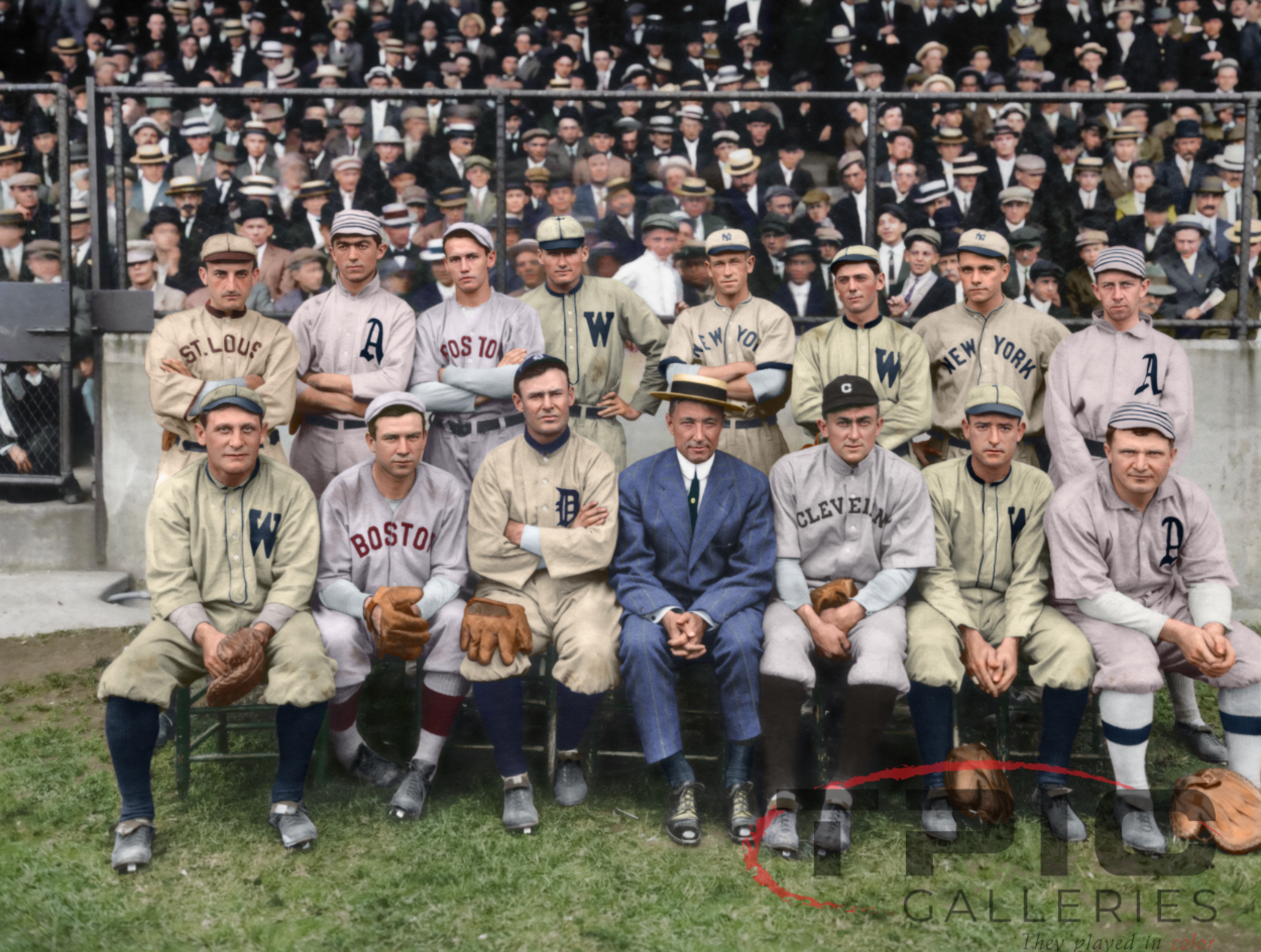
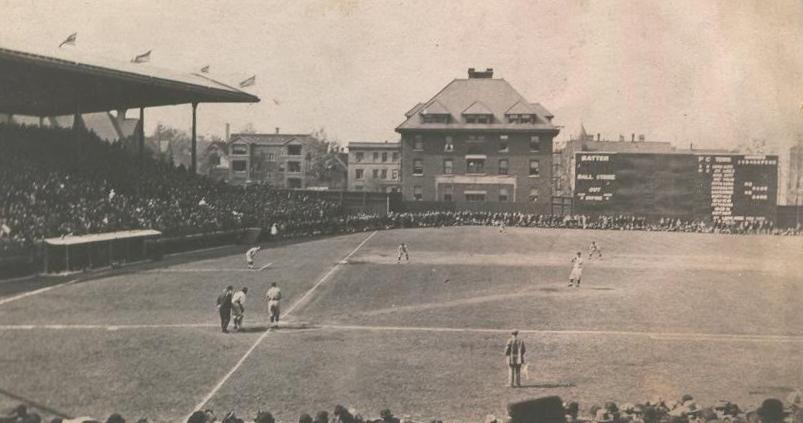
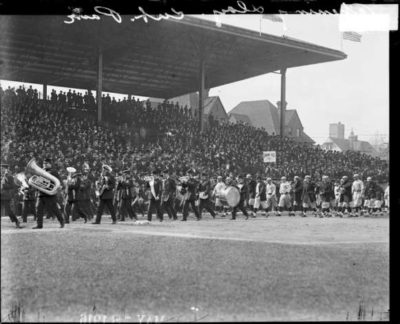
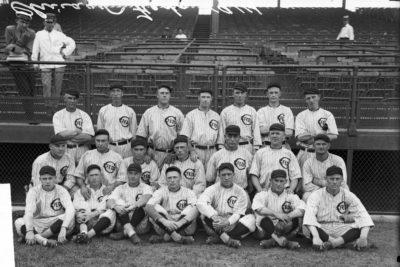
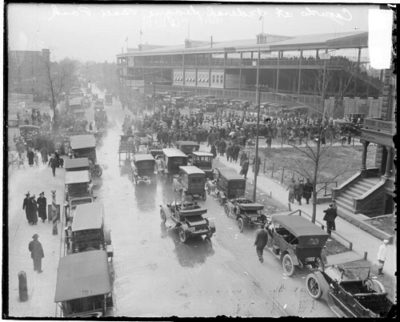
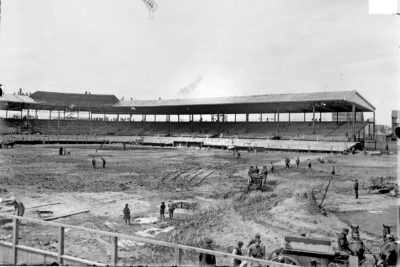
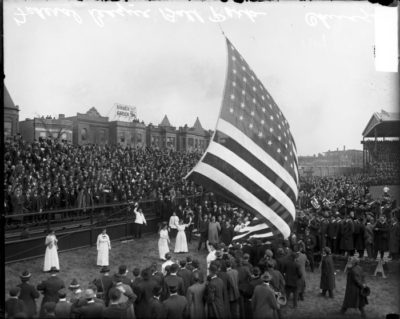
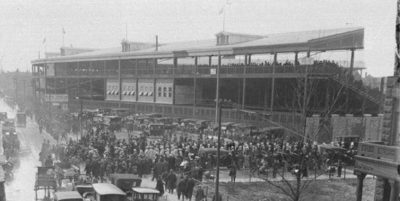
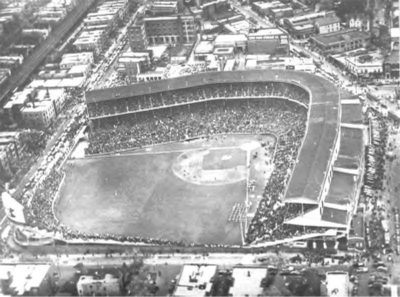
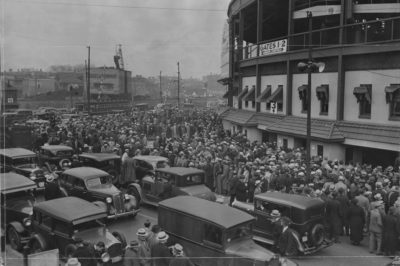
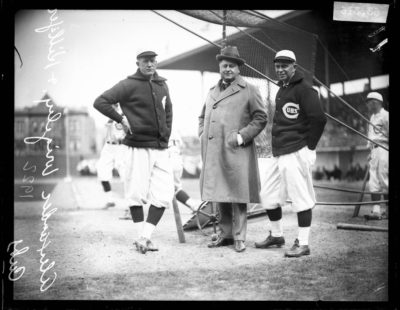
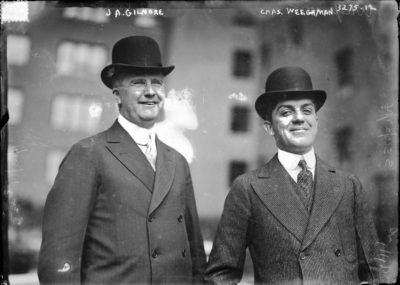

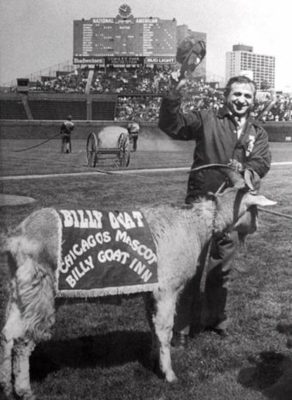
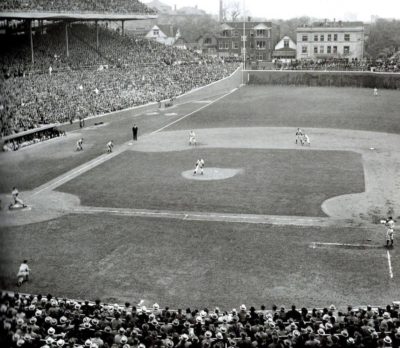
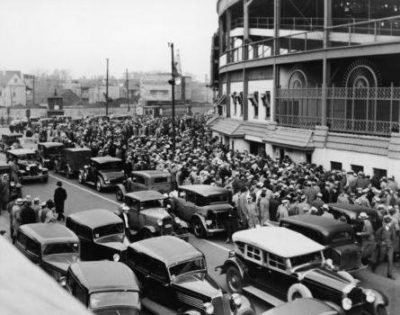
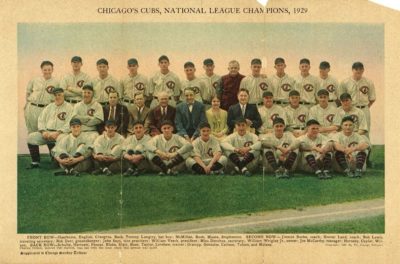
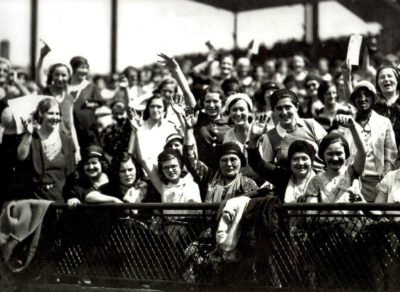
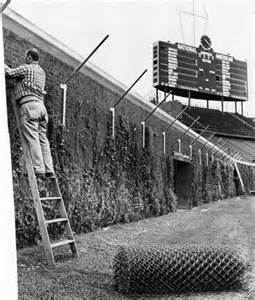
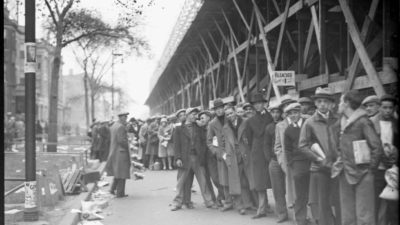
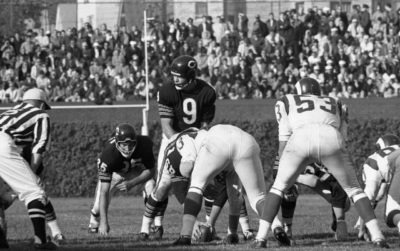
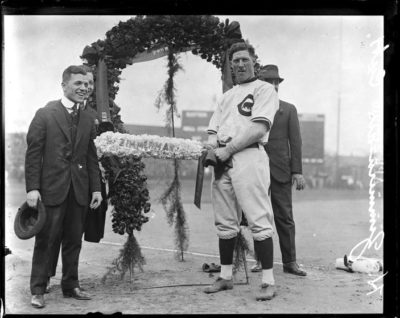

I just made a video documentary of Weeghman Park 1914 -1922. I used hi–def images and I also cleaned the images up and rendered in 4K. There is a lot of detail in some of the photos. At 5:13 -5:16 you can actually see the ball thrown by Claude Hendrix in air just before it enters catcher Art Wilson’s glove. Manager/player Joe Tinker is to the left. Far left is a sportswriter taking notes. Hendrix/Wilson were the starting battery for the very first opening day April 23, 1914. This is on the 3rd base side before the start of the game, Hendrix is warming up. There is a Chi-Fed player to the right side that I cannot identify, any idea who he might be?
https://youtu.be/gSYRzyS1yfk